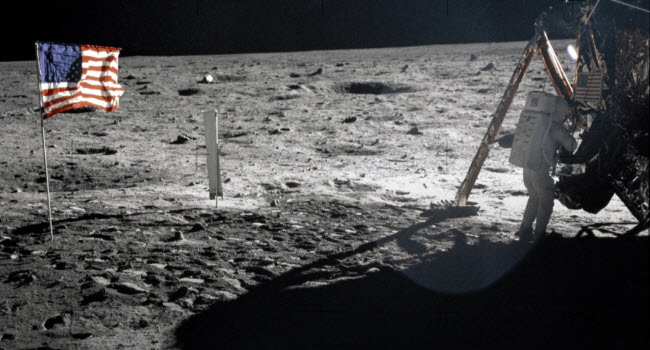In May 1969, the world watched a historic moment as Apollo 11 landed on the Moon. Astronauts Neil Armstrong and Buzz Aldrin took their first steps on its surface, marking a significant leap in space exploration and giving the United States a key victory in the space race against the Soviet Union. However, a few years after this monumental event, some claimed that this giant leap for humanity was a hoax, leading to conspiracy theories suggesting that the Moon landing was faked by the United States. Despite the implausibility of these claims, they persist, with surveys like the 1999 Gallup poll revealing that 6% of Americans believed the Moon landing was faked, and 5% were undecided.
These claims began in 1976 with the publication of “We Never Went to the Moon: America’s Thirty Billion Dollar Swindle” by former Navy officer and NASA employee Bill Kaysing. He alleged that the Moon landing was entirely faked. In 1980, the Flat Earth Society accused NASA of fabricating the Moon landing, claiming it was staged in Hollywood with the involvement of Walt Disney, based on a script by Arthur C. Clarke and directed by Stanley Kubrick. Believers in these theories pointed to ambiguities in lunar photographs and suggested that NASA fabricated the footage after repeated failures in the space race to secure continued funding from the U.S. government, which also wanted to distract from the unpopular Vietnam War. The dissemination of these theories was further fueled by the Watergate scandal, which eroded public trust in the U.S. government. Despite their implausibility, these theories gained traction due to the lack of technological means available at the time, and the fact that over 400,000 scientists, engineers, technicians, and mechanics worked on the Apollo program. If it were a hoax, how could such a large number of people keep it secret for so long? Additionally, lunar rocks and soil samples brought back by astronauts and the continuous transmission of images from lunar orbiters still serve as evidence.
Despite the implausibility of these theories, this article will explore the motivations behind these beliefs and the scientific rebuttals.
The American Flag on the Moon
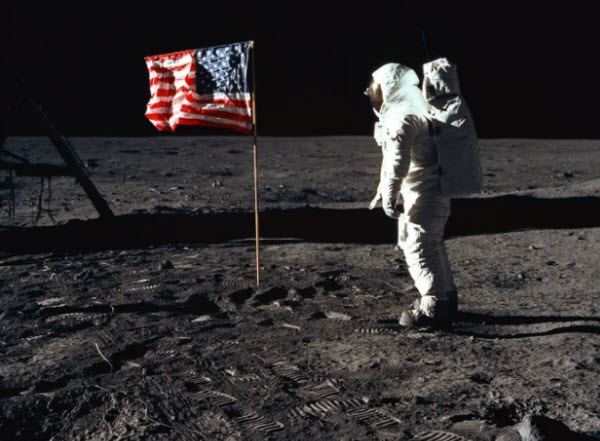
One argument suggests that if you look at the American flag in photos from the Apollo 11 mission, it appears to be waving, which is puzzling since there is no wind on the Moon. Scientists explain that the flag was designed with special features, including a horizontal bar to keep it extended and visible. During the process of planting the flag, astronauts encountered difficulties, making it appear as if it was fluttering. In video footage, the flag only moves while astronauts are handling it, and it remains in a fixed position due to the horizontal bar. Additionally, internal fans in the astronauts’ suits may have contributed to the flag’s movement.
Absence of Stars in Lunar Photos
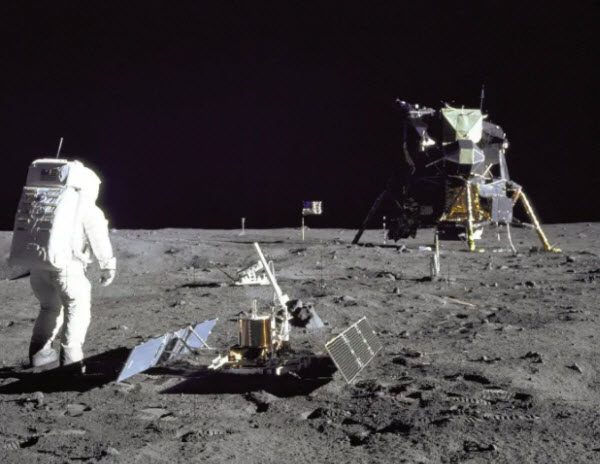
Another claim is that there are no stars visible in the photos taken by Armstrong and Aldrin on the Moon. Critics argue that this is odd, given that the sky is filled with stars. Scientists counter that the issue is straightforward: the astronauts were in daylight on the Moon, where the sun’s light was intense, and they wore highly reflective white spacesuits. The bright surface of the Moon and the spacesuits made it difficult to capture the faint stars in the background. For comparison, if you try to photograph stars from a well-lit area on Earth, you will find it challenging to capture them on camera.
Shadows and Lighting
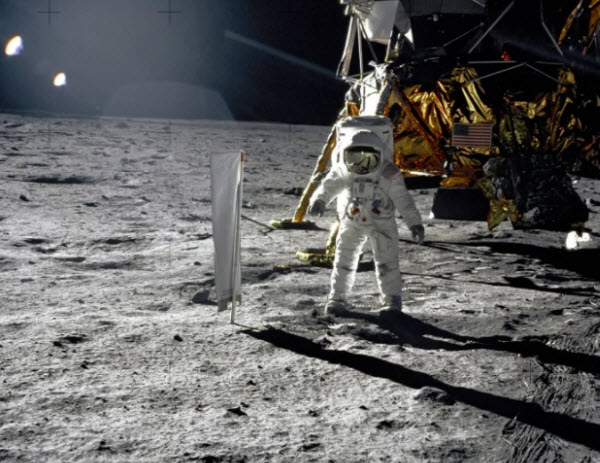
Some argue that the shadows in the lunar landing photos do not align correctly if the Sun were the only light source, suggesting that Hollywood lighting was used. Scientists refute this claim by pointing out that while the Sun is the primary light source on the Moon, Earth also reflects sunlight, contributing to the illumination. The shadows and lighting in the photos are consistent with this reflection and scattering of light.
The Missing Camera Reflection
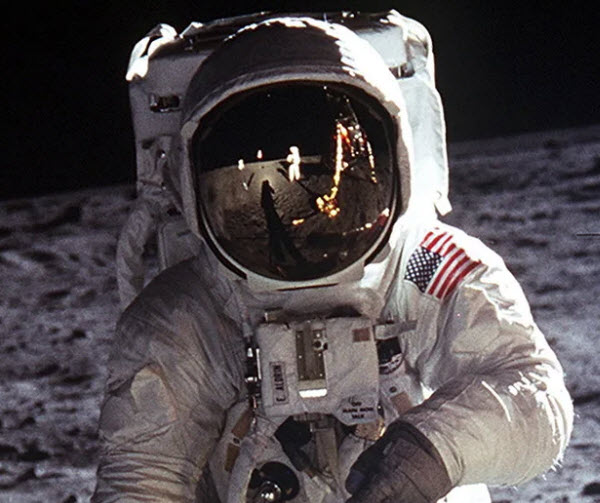
Skeptics have noted that in one photo from the Moon landing, Armstrong’s reflection is visible in Aldrin’s helmet, but Armstrong himself is not visible, suggesting that someone else must have taken the photo. Scientists explain that Armstrong used a camera mounted on the front of his suit, making it challenging for him to be in the shot. The helmet’s reflection shows Armstrong’s hands as he was adjusting the camera.
Stanley Kubrick’s Alleged Role
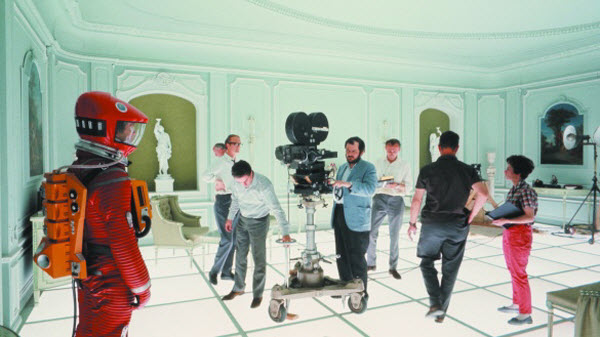
The film “2001: A Space Odyssey,” directed by Stanley Kubrick and released in 1968, is praised for its realistic depiction of space, leading some conspiracy theorists to speculate that Kubrick was hired to fake the Moon landing. This claim has been debunked, as the technology required to stage a convincing Moon landing was beyond reach at that time. Kubrick’s film involved numerous experts to create a realistic portrayal of space, indicating that he could not have staged the Moon landing alone.
Despite these refutations, many continue to believe in the Moon landing hoax. Observers suggest that denying this American achievement and subscribing to such myths often stems from political motives rather than scientific reasoning. The Soviet Union, a major rival of the U.S., closely monitored the Moon landing with its own probes and satellites. If there had been any evidence of a hoax, the Soviets would have exposed it to embarrass the U.S.
